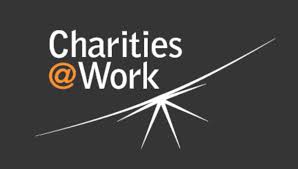Transformative Power Models: What Changing Power Paradigms Mean for Corporate Giving & Volunteering Programs
By Bryan de Lottinville

Everyone talks endlessly about the transformational aspects of technology and the web and mobile, and it’s all of course true. But up above that – or perhaps because of it – there is a new power hierarchy in the world. If power is simply defined as “the ability to produce intended effects”, understanding these power models is pretty important if we want to achieve business or social impact goals. In an interesting article in December’s Harvard Business Review, Jeremy Heimans and Henry Timms discuss “How to Harness New Power”. We think this has a ton of relevance to engagement theory and social responsibility programs.
In the old paradigm, power is described as a currency held by a few: closed, inaccessible, and leader-driven. ‘Old Power’ is enabled by what people or organizations know or control that nobody else does – once Old Power models lose that, they lose their advantage.
New Power is more like a current: made by many, open, participatory and peer-driven. It is not there to be hoarded, but rather channeled. New Power models (we see them everywhere) are enabled by peer coordination and the power of the crowd. They tap into people’s growing capacity and desire to participate in ways that go beyond passive consumption. Read more...

